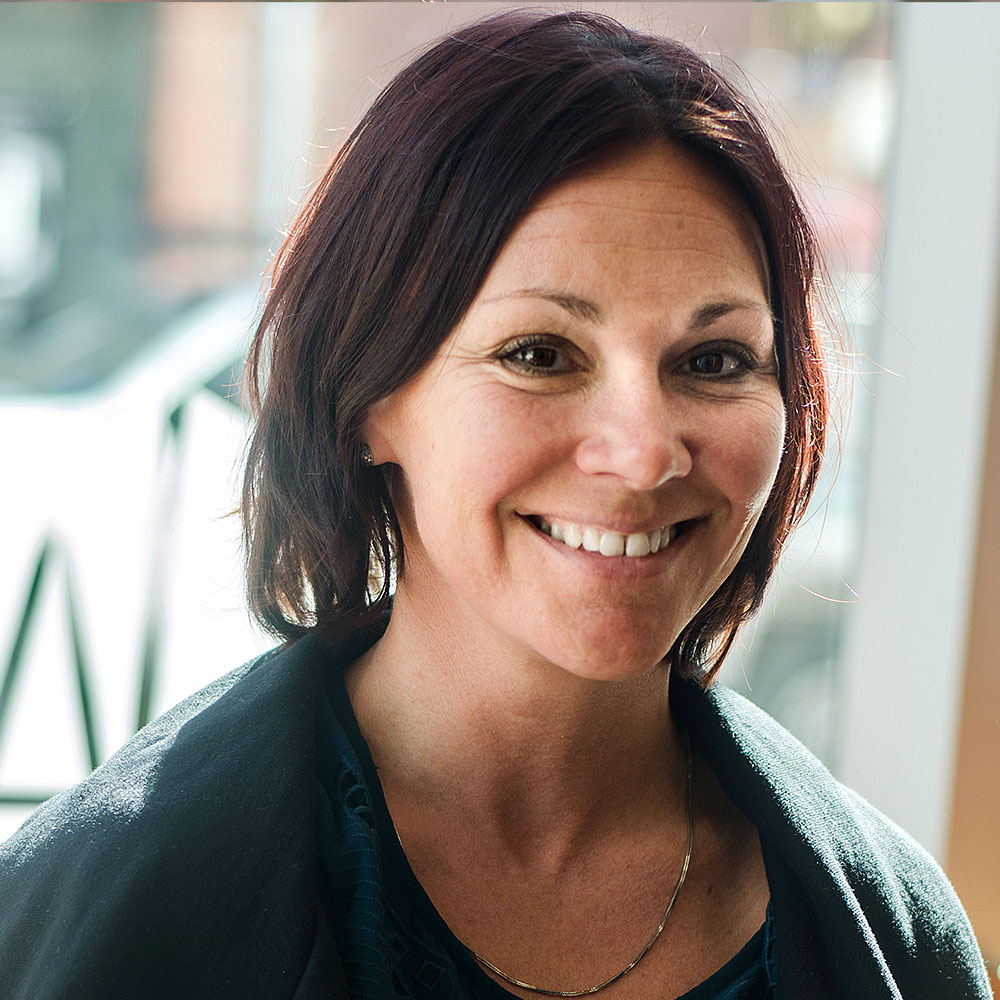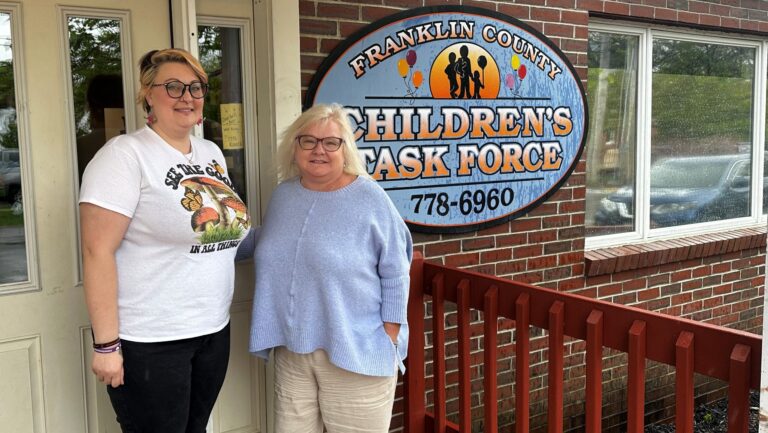
Led by Oxford County Mental Health Services Executive Director and John T. Gorman Fellow Stephanie LeBlanc, this initiative has aimed to implement trauma-informed practices and policies in school districts across this large rural county. The results have been schools that better understand the adverse experiences students may be coming to class with, limit additional stressors within the school environment, and help students build the resiliency they need to succeed.
The Foundation recently caught up with LeBlanc to talk about the project’s successes and next steps, along with the impact her time in the Fellowship has had on her as a community leader.
JTGF: How did the Oxford County Resiliency Project come together?
Stephanie LeBlanc: My involvement in community resiliency work goes back to 2014. In 2011, Oxford County had been ranked as the unhealthiest county in the state. In response, a collective group came together to look at what was needed to improve our overall health ranking. As Executive Director of Oxford County Mental Health Services, I became involved with a work group of cross-sector organizations looking at county health in the context of behavioral health, mental health, and substance use disorder.
When I was accepted into the John T. Gorman Fellowship in 2017, the work group had begun focusing on the increasing needs of our school partners with regards to behavioral health and trauma. At this time, I was tasked with determining a population-level result for the Fellowship. (NOTE: During the Fellowship, each Fellow sets a measurable target to work toward, what they hope to be the eventual “result” of their efforts.) In reviewing 2015 Maine Integrated Youth Health Survey data for Oxford County, I was astonished that 51% of Oxford County middle school students didn’t feel as though they mattered in their community. That was a huge red flag, and a community wellness concern I felt needed to be addressed. Hence, my result for the Fellowship became “Youth in Oxford County will be engaged and empowered.”
From there, I engaged existing community partners in reshaping our focus to support schools and youth in resiliency building, forming the Oxford County Resiliency Project. Bringing partners from several school districts across the county to the table, we began focusing on three main strategies: building youth resiliency in the school environment, engaging parents and community members in the change process, and facilitating educator consultation and self-care.
JTGF: The project received a two-year grant from the Foundation. For what strategies did you use the funding?
SB: The first strategy was to embed a behavioral health liaison in schools. The liaison position focused on providing schools with education and support around trauma, social-emotional health and wellness for both educators and students. These liaisons also helped to organize and facilitate parent support groups, parent education, and community engagement events.
Another strategy was data collection. Twice a year, resiliency surveys were conducted across Oxford County to gauge how students view their own personal resilience and how well they felt connected, heard, and supported within the school and community.
JTGF: What kind of impact have those liaisons had?
SB: In the first year of the grant, we embedded behavioral health liaisons in Rumford Elementary School (RSU 10) and Telstar Middle School (SAD 44). Both of those schools were eager to integrate the liaison and demonstrated measurable results in their own unique ways.
In Rumford, the strategy that really shined was around parent engagement, with monthly parent nights and other groups. The liaison also facilitated a walking school bus in a neighborhood with high truancy and tardiness rates. Each day, the liaison and teachers would walk through the neighborhood, connect with parents, gather the children, and walk them to school.
At Telstar Middle School, the liaison really focused on grade-level interventions – planning specific professional development activities for teachers, and restorative practices and resiliency-building activities. Resiliency-building work quickly became embedded into the overall school culture. They integrated trauma-responsive practices and conversations into daily schedules, and wove resiliency building into how students were supported and acknowledged for their efforts, communication, and contributions.
For the second year of the grant, we shifted strategy to a district-wide model, focusing on Telstar’s school district, RSU 44. There was amazing administrator buy-in, which allowed us to expand our reach to implement trauma-responsive and resiliency-building activities, policies, and protocols in grades K through 12. We embedded a full-time behavioral health liaison into the district who worked with all the district’s schools to provide behavioral health consultation and assisted in the implementation of trauma-responsive practices and streamlining resiliency-building initiatives across all grade levels.
It was an amazing year for observing the powerful impact of district-wide change. Much collaboration and energy were dedicated to improving policies and procedures for addressing discipline and absenteeism in a trauma-responsive manner. We engaged all staff in restorative conversations training, and the schools began utilizing restorative circles and restorative conversations as the first step in the process of managing disciplinary issues.
JTGF: How has the initiative touched other areas of the county?
SB: Four out of six Oxford County school districts have actively participated in the project from day one. There have been ongoing monthly meetings, where community service providers, educators, and school leadership share lessons learned, collaborate, and collectively problem-solve challenges. There is ongoing individualized support and training to all school districts in the county that are interested in adopting trauma-responsive practices.
Our work has really expanded across the state to some extent – which is why we have changed our name to ResilientME. We have school partners in other counties now, and a resource database specifically formulated for educators around understanding and recognizing trauma in the classroom and building youth resiliency.
We also brought forward legislation, LD 1168, An Act to Improve Schools Response to Trauma. Its goal was to open opportunities within the school environment for role modeling healthy conversations and communication, stress tolerance, social emotional health, and wellness, while broadening the education system’s understanding of trauma and its impact on learning.
JTGF: What influence has the Fellowship had on your work?
SB: For me, the Fellowship completely transformed my leadership philosophy and how I engage people in conversations regarding health, wellness, and resiliency. I lead from a results-based place now. I have a greater sense of accountability to myself and others. I am committed to population health results and recognize that it is the collaborative work of many hands and hearts that truly impacts positive change.
I’ve moved away from a ‘if you want to get something right, do it yourself’ mentality. I now see the importance of asking community partners to join me in this work. I recognize and feel confident that sometimes we need to step out of our comfort zone to lead a charge for positive change. We can nurture resilient youth and communities through community partnership, open mindedness, and positivity.


